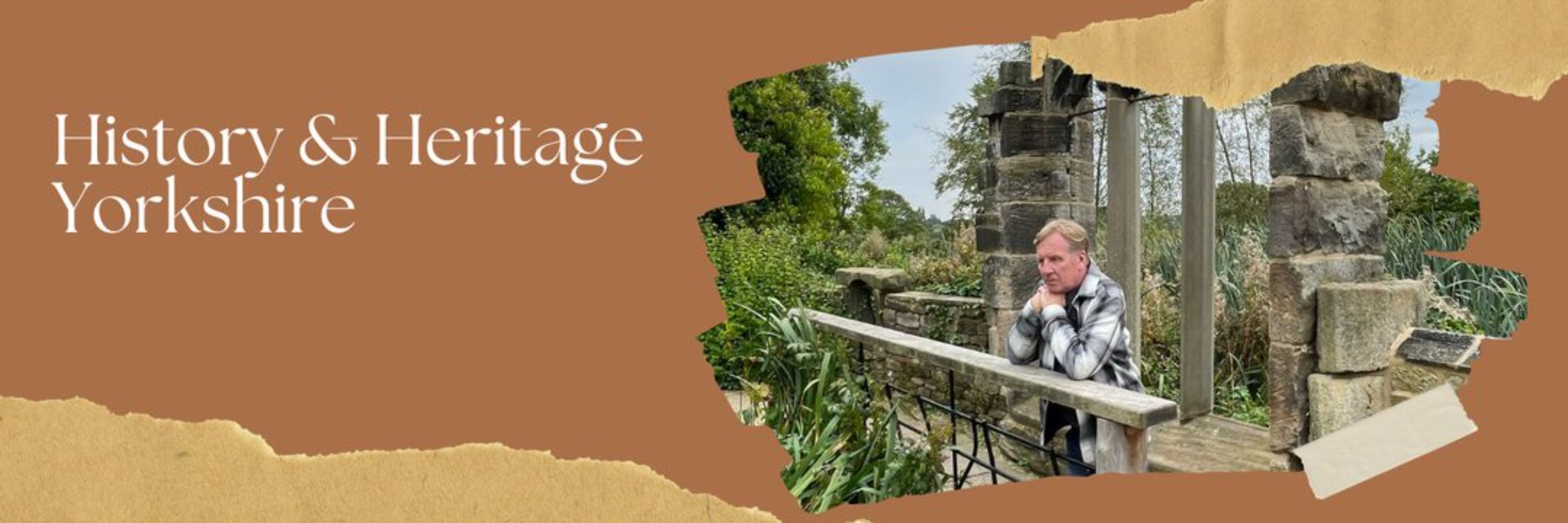History and Heritage Yorkshire
@handhyorkshire.bsky.social
8.3K followers
2.4K following
4.9K posts
Independent researcher/writer/broadcaster in the history, heritage and culture sectors. Editor, History and Heritage Yorkshire Magazine, Also write's on poverty, community and other things. Regular Bylines Network writer. Servant to a Patterdale
Posts
Media
Videos
Starter Packs
Reposted by History and Heritage Yorkshire











